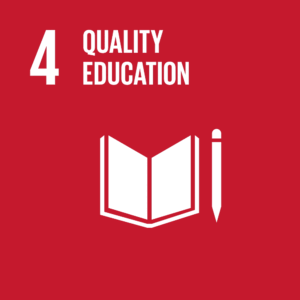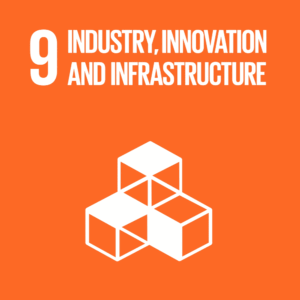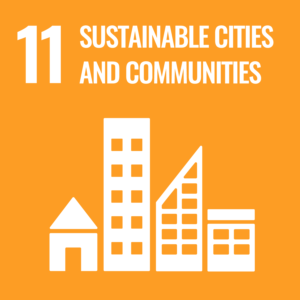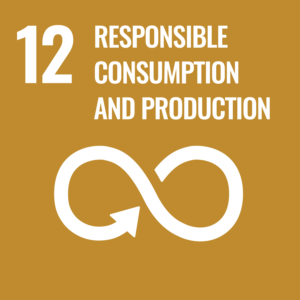One of the most significant issues facing the globe today is the depletion of natural resources and climate change. The contribution of countries to this challenge differs from developed to developing ones. Industrialized countries’ share in solving the problem is quite high, while the developing ones are vulnerable to the consequences of this problem. The necessity of integrating environmental management into supply chains has become apparent. Nevertheless, there is a dearth of theoretical foundation and conceptual framework to guide such initiatives to utilize the resources towards a greener approach of Supply Chain. Green Supply Chain Management (GSCM) practices are essential to reduce this harmful impact. However, Businesses perceive GSCM practices as threat to their performance.
Regretfully, several global firms, particularly in the industrial sector, are dubious of implementing Green Supply Chain Management practices because they perceive such activities as threats to their profitability and sustainability rather than a value added to their operations and the environment. This is the case because some global companies are dubious of the benefits of implementing Green Supply Chain Management practices, considering them as burdens. As a result, a great obstacle facing academics and researchers in the field of sustainability today is the failure of firms around the globe to develop a Green Supply Chain Management culture which is accelerating the environmental degradation.
Consequently, the primary aim of this study is to assess the relationship between Green Supply Chain Management (GSCM) practices and the Return on Equity (ROE) of industrial sector firms in the United States and China during the implications of the US-China Trade War.
This research contributes to identifying out and classifying the reported practices of the Green Pillar in firms’ Environmental, Social and Governance (ESG) Eikon Refinitiv reports under their related GSCM practices to provide a theoretical framework and facilitate future research.
Principal Component Analysis (PCA) and Random Effects Regression Analysis are used to statistically analyze the secondary data compiled to test the significance of impact of four GSCM practices of Internal Environmental Management (IEM), Green Purchasing (GP), Eco Design (ED) and Environmental Customer Cooperation (CC) on ROE. A panel data set of 50 firms in the US and 50 firms in China is employed to test the hypothesized relationships using Stratified Sampling technique.
Analysis results of the two models of US and China suggest that there is a significant positive relationship between the GSCM practice of Eco Design (ED) and ROE in both countries. However, a significant negative relationship between Internal Environmental Management (IEM) practice and ROE is concluded in the context of China only.
This study contributes to both research and managerial implications. Regarding research implications, the literature gap of studying the impact of GSCM practices on the ROE of industrial sector firms in the US and China was addressed. For the managerial implications, this paper suggests that firms accept sustainability as a strategic priority prior to implementing GSCM practices and suggests that firms should be confident of the long-term profitability of implementing GSCM practices.



















